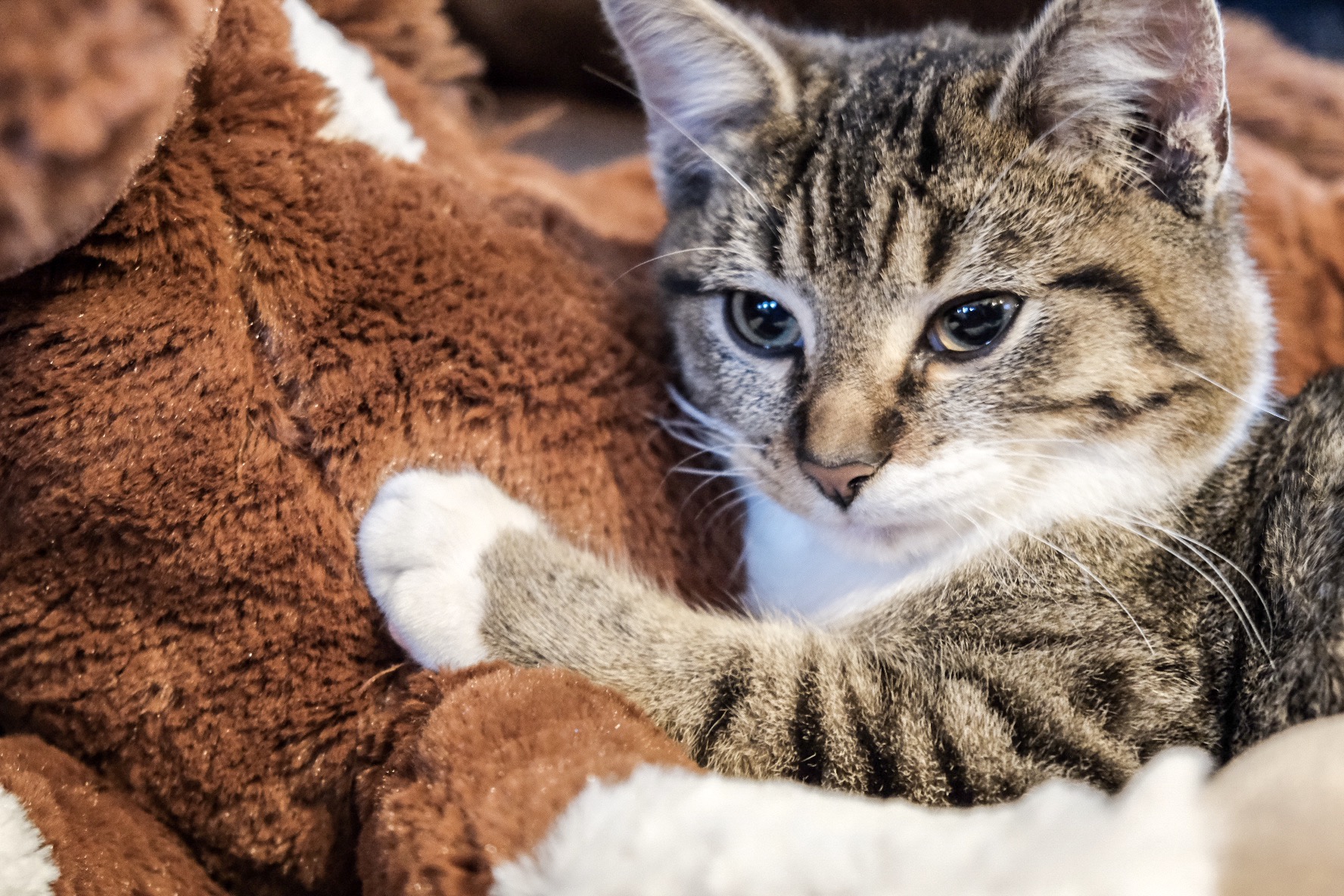Cat Behavior
If you have ever met a grumpy cat, have you ever wondered why it was grumpy? Did you do something to upset it? Is that how it normally acts? There can be many reasons, but here are a few explanations as to why cats behave badly.

Bad Behavior in Cats
Some of the most common bad cat behavior includes scratching, biting, hissing. According to Pets Web MD, "a cat can be aggressive for many reasons, including pain or illness, fear, stress, or overstimulation". When a cat lashes out, it may be due to it being scared or overstimulated, such as a loud noise. A cat that bites or scratches at you might be doing so because they are trying to play with you. It's recommended to have toys or distractions around so they have something to focus their energy towards besides you.
Like humans, and other pets like dogs, there are some cats that may act mean and antisocial often, but that doesn't mean they were born like that or the behavior is permanent. Aggression in cats is one of the most common feline behavior problems, and there are many factors that can cause a cat to act aggressive. Some of these factors include competition with other cats, fear, feeling territorial, pain, medical conditions, maternal aggression. Cats who don't like to be petted may give off petting induced aggression. It is best to understand what your cat likes and dislikes. If anything is amiss, or your cat has a changee in behavior, contact your veterinarian as soon as possible.
As a precautionary warning, it is best not to punish your cat when it exhibits bad behavior. Doing things like yelling or hitting your cat is, first of all, animal abuse, and it also stresses your cat out and causes fear and anxiety. Like with children, punishment can severely damage your relationship with them and may even cause them to lash out more when you're not around.
Good/Affectionate Behavior in Cats
There are many signs that indicate that a cat is happy or likes you. Some of these positive signs include:
| Behavior | Meaning |
|---|---|
| Purring | Relaxed |
| Meowing | Talking |
| Belly Exposure | Trust |
| Rubbing and butting heads | Marking territory |
| Kneading | Affectionate |
| Licking | A sign of love |
| Rolling over | Feeling safe and wants some attention |
| Presenting its ass | Equiavlent to a greeting, or a hug and kiss |
| Wink or slow blinking | Another sign of love and comfort |
Like many other pets, it should be obvious when a cat wants to be left alone versus when a cat whats affection and be acknowledged. It's all about reading body language. One good way to teach your cat good behavior is to "train" it positive reinforcement. Positive reinforcement is encouraging good behavior you would like your cat to have or exhibit, such as replacing undesirable behavior with preferred traits. As Feline Behavior Solutions states, "The most important thing is to find out what motivates your cat to exhbiti a desried behavior and use it as a reward so that they repeat the behavior, and forget about doing the other desrible behavior". Some ways to persuade your cat is to reward them with food, play time, affection, or other things they enjoy. It's not just about your preferences, but also theirs as well.
Now that we know why cats behave like they do, we will now discuss how to properly interact with a cat to show it we mean no harm.